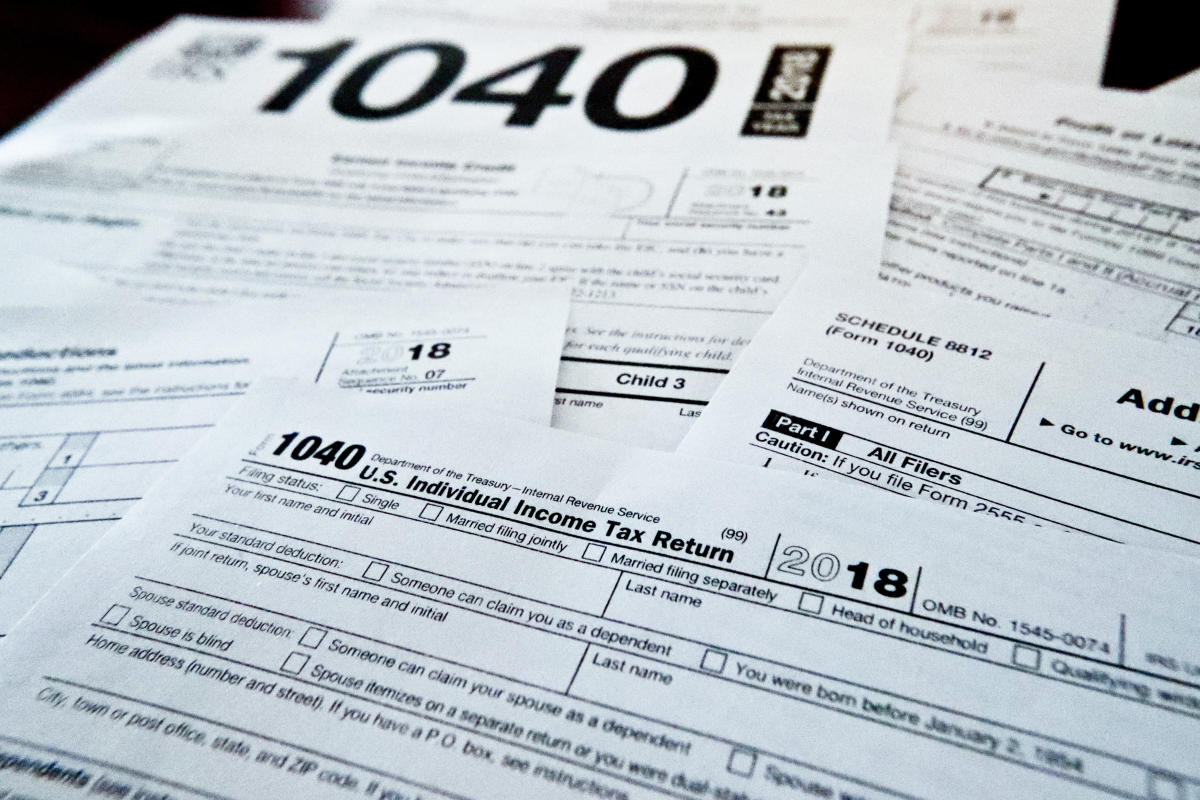The 2025 tax brackets are here. How much will you owe?

The IRS just released its inflation-adjusted tax brackets for 2025 — and it’s the smallest increase in four years. Income thresholds for each tax bracket will rise by about 2.8% in the new year, compared to 5.4% in 2024 and 7% for 2023. The modest increase reflects the cooling pace of inflation since the peak years of the pandemic.
The tax brackets for 2025 apply to taxes due in 2026. To calculate your taxes due on April 15, 2025, you’ll use 2024 tax brackets.
Understanding how tax brackets work can get a bit confusing, but essentially, your income is taxed at several different rates that increase as you earn more money. Let’s say, for example, that you’re a single filer who earns $50,000 in 2025. Even though you’d fall into the 22% tax bracket, you won’t pay a flat tax rate of 22%.
Instead, your income would be taxed as follows:
-
10% of the first $11,925 = $1,192.50
-
12% of the next $36,529 ($48,475-$11,926) = $4,383.48
-
22% of the last $1,524 ($50,000-$48,476) = $335.28
Total tax bill: $5,911.26
Even though you’re in the 22% tax bracket, your effective tax rate is just under 12%. You may be able to lower your tax bill even more if you qualify for tax credits and deductions.
Read more: 2024-2025 federal income tax brackets and rates
The standard deduction is an amount you can subtract from your taxable income, even if you don’t have deductible expenses. Most taxpayers opt for the standard deduction vs. itemizing.
The standard deduction will increase to the following amounts in 2025:
-
Single filers: $15,000
-
Heads of household: $22,500
-
Married couples filing jointly: $30,000
-
Married couples filing separately: $15,000
Going back to our example of a single filer who earns $50,000 in 2025: If you took the standard deduction of $15,000, your taxable income would drop to just $35,000 ($50,000-$15,000).
The IRS also announced a few more inflation adjustments that are coming next year.
The earned income tax credit, or EITC, is a tax credit aimed at helping low- to moderate-income workers and their families. The maximum credit for taxpayers with three or more qualifying children jumps to $8,046 in 2025, up from $7,830 in 2024. You may be able to qualify for a smaller credit if you have fewer than three children (or even no tax dependents at all), depending on your income.
A health flexible spending account, or FSA, is an employer-sponsored account that lets you set aside pre-tax money for IRS-approved health expenses. The contribution limit for health FSAs will increase by $100, from $3,200 in 2024 to $3,300 in 2025.
Breaking news
See all






